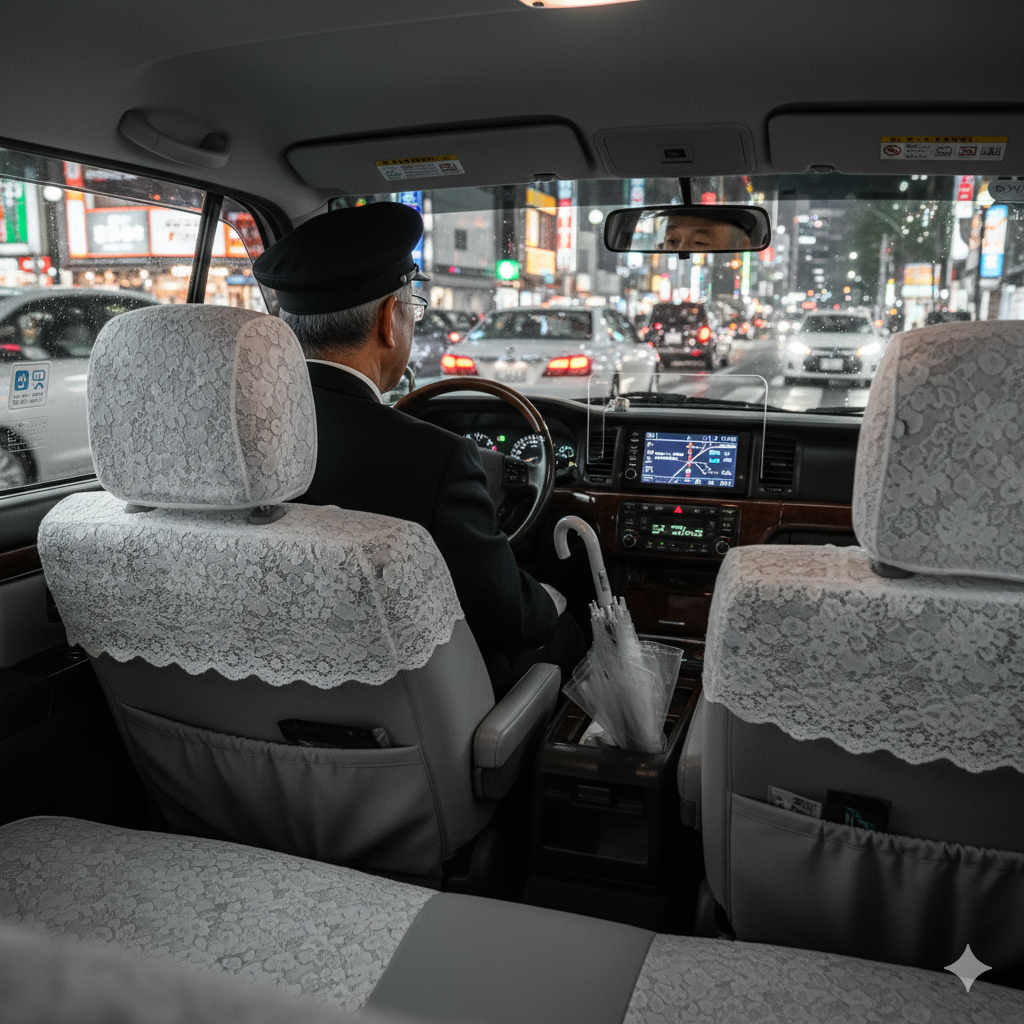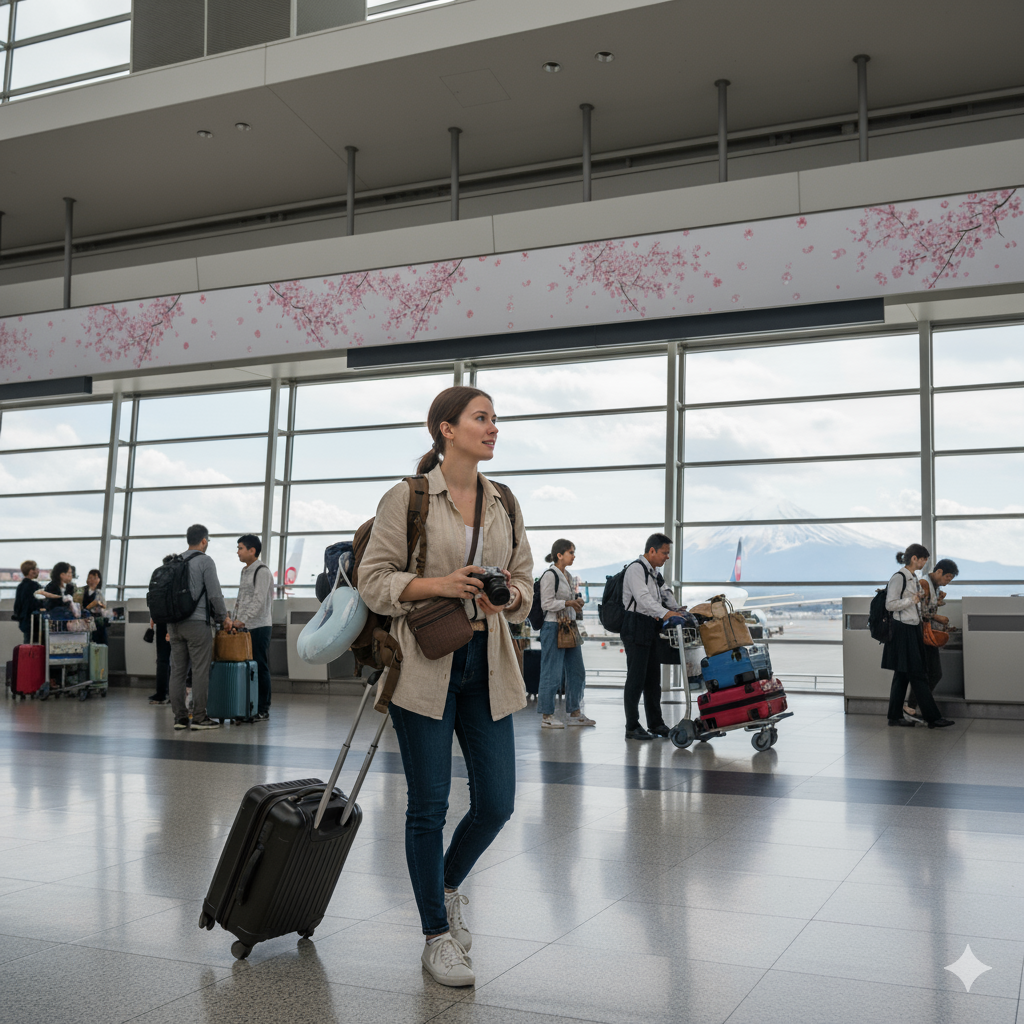Taxis in Japan Will Shock You — Especially When It’s Time to Pay

Japan's taxis are famous the world over for their neatness, punctuality, and courteous service—so it is often a shock for visitors when the bill has to be paid. From the automated doors to metered fares and strict etiquette rules, a journey by Japanese taxi is an experience in itself. If you know how they work, you will ride comfortably and free of surprises.
Spotless and High-Tech
The Japanese taxis are spotlessly clean, both inside and outside. Drivers are meticulous in maintaining a shiny, professional environment. Doors open and shut automatically for passengers, which may be unfamiliar for tourists. GPS directions, touch-screen screens with fare and route information, and even weather conditions in some taxis are standard. Luxury taxis feature warm seats, partitioned compartments, and umbrellas for unexpected rain.
Metered Fares Can Be Higher Than Expected
The base fare in Japanese taxis is often higher than visitors anticipate, especially in major cities like Tokyo and Osaka. Late-night rides, typically after 10 or 11 PM, often incur surcharges. While taxis are convenient for short trips or areas not served by public transport, fares can climb quickly. Tipping is not expected and is generally considered unnecessary—what the meter shows is the total fare.
Methods of payment
Cash is accepted by most taxicabs, and it is still the most common method. Some, however, also take credit cards and IC cards such as Suica, Pasmo, or ICOCA. Smaller regional taxi companies may only take cash, so it is advisable to find out before getting into the cab. Some taxicabs will have stickers on the door or dashboard indicating what means of payment they accept.
Etiquette Rules
Riding a taxi in Japan involves some unwritten rules that travelers should follow:
Don't open and close the door yourself but let the driver do it.
Take the back seat unless instructed otherwise; VIPS are given front seats.
Buckle up at all times and keep luggage neatly in the boot.
Be soft-spoken; Japanese taxis are quiet spaces and the driver is focused on security.
Be respectful and polite—any little gestures like bowing upon arrival or departure are appreciated.
Booking Apps vs. Street Hailing
Apps like JapanTaxi, Uber Japan, and DiDi have English-friendly interfaces, so one can book without needing to speak Japanese. Street hailing remains quite common in crowded areas, away from train stations, or in the city center. It's likely that some taxis may not accept late-night drives to particular destinations or would rather hold out for more profitable fares, so forethought is smart.
Surprise Features and Amenities
Few tourists expect amenities in Japanese taxis: touch screen fare displays, partitioned cabins for discretion, backseat umbrellas, and even little things like hand sanitizer. Drivers are very polite and often welcome with a courtesy bow when entering and exiting the taxi. The quiet professionalism and efficiency in making it a ride make being transported in a Japanese taxi an uncommonly smooth process.
First-Time Rider Tips:
Always double-check the fare meter or app quotation so you can't be caught off guard.
Carry some small bills or coins in hand if paying by cash.
Use an IC card if you prefer a cashless convenience.
When paying via an app, input your destination carefully as the driver may not understand English.
Relax and enjoy the ride—Japanese taxis are designed for safety, comfort, and convenience.
Taxis in Japan are more than just a ride—more than transportation, they are a glimpse into Japanese culture, precision, and focus on detail. While high fares and rigid rules of etiquette might be the immediate impression, having the knowledge to work the system ensures an easy, even enjoyable, ride experience. With a little upfront knowledge and attention to local custom, you can ride like the locals and appreciate the attention to detail and professionalism that Japanese taxis have built their reputation on.



